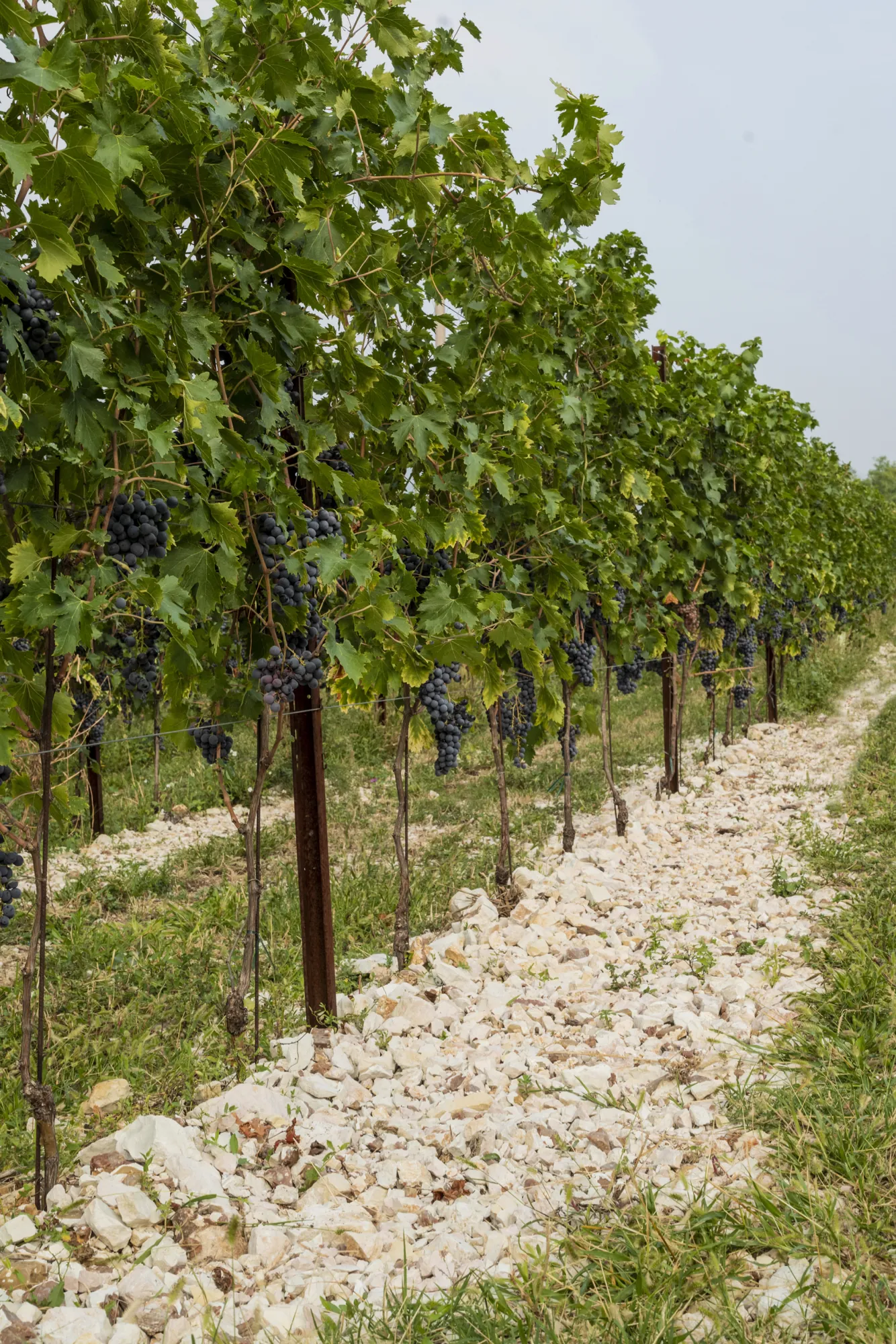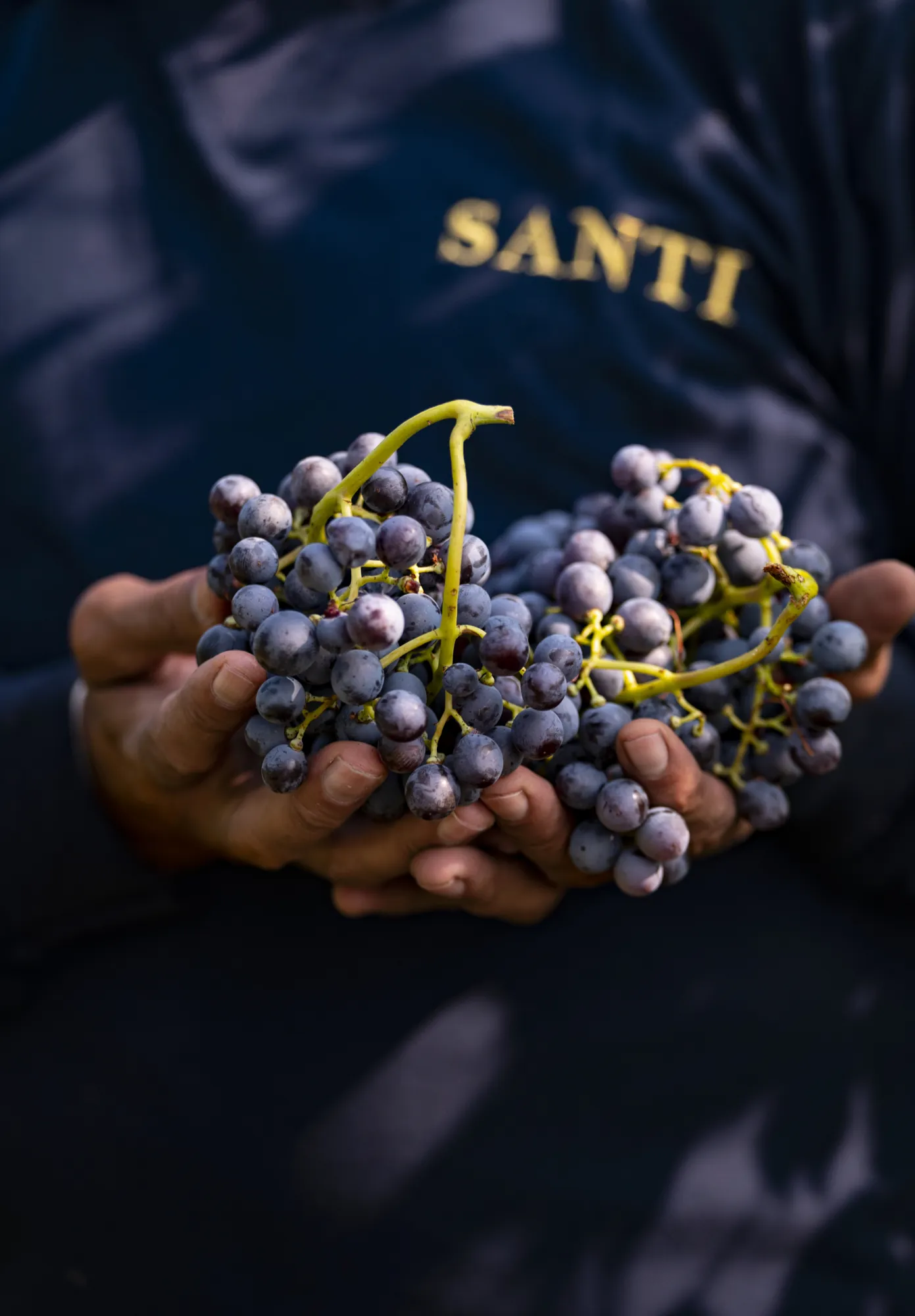Santi
Santi "Ventale" Valpolicella Superiore DOC 2020
- “1843 Carlo Santi” Amarone della Valpolicella DOCG 2017
- “Santico” Amarone della Valpolicella Classico DOCG 2020
- “Santico” Amarone della Valpolicella Classico DOCG 2018
- “Santico” Amarone della Valpolicella Classico DOCG 2017
- Santi “Infinito” Rosé Bardolino Chiaretto DOC 2024
- Santi “Infinito” Rosé Bardolino Chiaretto DOC 2023
- Santi “Solane” Valpolicella Ripasso Classico Superiore DOC 2020
- Santi “Solane” Valpolicella Ripasso Classico Superiore DOC 2019
- Santi “Sortesele” Pinot Grigio Valdadige DOC 2024
- Santi “Sortesele” Pinot Grigio Valdadige DOC 2023
- Santi “Sortesele” Pinot Grigio Valdadige DOC 2022
- Santi “Sortesele” Pinot Grigio Valdadige DOC 2021
- Santi “Sortesele” Pinot Grigio Valdadige DOC 2024
- Santi “Sortesele” Pinot Grigio Valdadige DOC 2023
- Santi “Sortesele” Pinot Grigio Valdadige DOC 2022
- Santi “Sortesele” Pinot Grigio Valdadige DOC 2021



About
Santi has been operating in the Valpolicella area since 1843, allowing it to select not only the best vineyards in the Val d’Illasi, but also in other valleys in order to have different exposures and microclimates to obtain the best combinations and create the exclusive and consistent style of Santi wines.

Terroir
The vineyards, mainly situated in the Illasi valley, are trained using the Guyot system with a density of 5,000 vines per hectare, and positioned at an altitude ranging from 150 to 300 metres. The soils are calcareous marls of alluvial origin, rich in soil skeleton.
Vinification
Grape bunches are hand-picked, put into crates and immediately taken to the wine cellar in the second week of October. Fermentation takes place in truncated cone-shaped oak barrels at a temperature of 22-24°C, for about three weeks. Pumping over is not scheduled and all activities are performed manually and separately from barrel to barrel. Aging takes place in 500-litre casks as follows: 70% oak, 20% chestnut and 10% cherry wood, for a period of 18 months. Before being sold, the wine is aged for some months in the bottle.